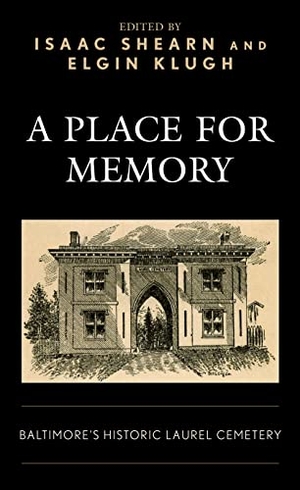Für statistische Zwecke und um bestmögliche Funktionalität zu bieten, speichert diese Website Cookies auf Ihrem Gerät. Das Speichern von Cookies kann in den Browser-Einstellungen deaktiviert werden. Wenn Sie die Website weiter nutzen, stimmen Sie der Verwendung von Cookies zu.
Cookie akzeptieren
A Place for Memory
- Rowman & Littlefield Publishers
- 2023
- Gebunden
- 222 Seiten
- ISBN 9781538156131
Laurel Cemetery was incorporated in 1852 as a nondenominational cemetery for African Americans of Baltimore, Maryland. It was the final resting place for thousands of Baltimoreans and many prominent members of the community, including religious leaders, educators, political organizers, and civil rights activists. During its existence, the privately owned cemetery changed hands several times, and by the 1930s, the site was overgrown, and garbage strewn from years of improper maintenance and neglect. In the 1950s, legislation was adopted permitting the demolition and sale of the property for commercial purposes. Despite controversy over the new legislation, local opposition to the demolition, numerous lawsuits, and NAACP supported court
Mehr
Weniger
zzgl. Versand
in Kürze